
But there are ways to help minimise your use of plastic, as these tips shared by the team at The Greenhouse People demonstrate.
Vote with your wallet
It may seem obvious but the most effective way to reduce plastic in your garden is to simply stop buying it. People doing exactly that have already had an impact: with demand for environmentally-friendly products growing, more and more garden centres are offering biodegradable pots made using materials such as coir (from coconut husks), wood chips, rice husks and even seaweed. Some pots are now made of bamboo as well – they’ll last a two or three years and can then go on the compost heap.
If you’re feeling extra resourceful, scoop out the insides of half a lemon and fill with soil, before scattering a small number of seeds. Once the seedlings sprout, you can transfer to a larger area. Lemon peel also acts as a natural fertiliser, making it a great multi-purpose alternative to plastic.
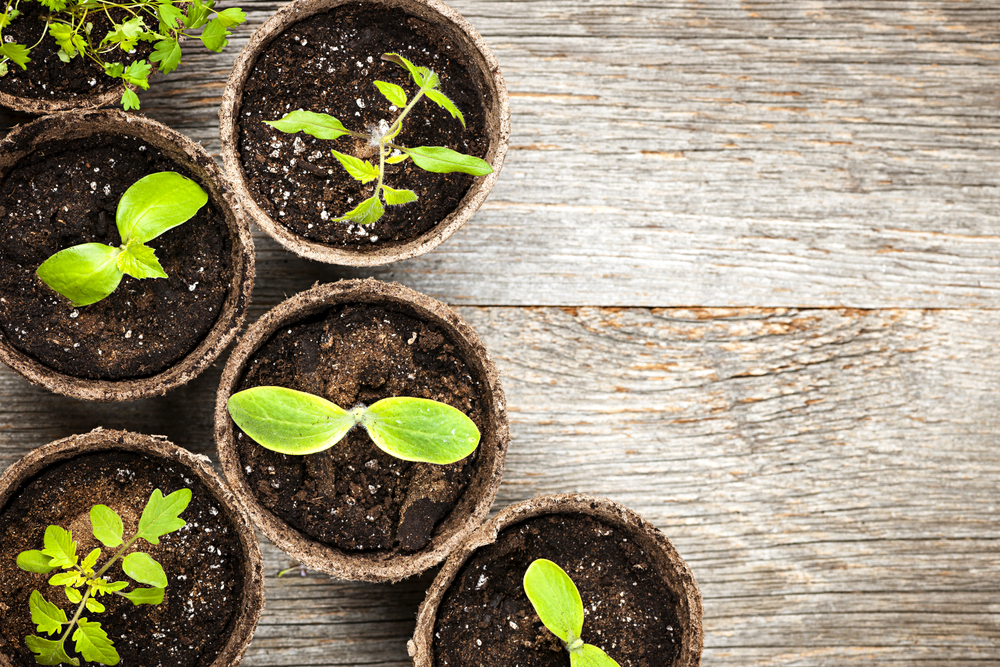
Making your own compost
Buying plastic sacks of compost is a poor substitute for making your own, and those who already do will attest to the joys of the home-made stuff. It’s not just your leftovers and cuttings than can go into the compost – there’s all sorts of other things that can go in as well, from the contents of your paper shredder to coffee grounds (complete with filters, if you still use an old-school percolator).
Other household staples you can substitute plastic bags of compost for include tea bags (ideally the pyramid style – most others have a small amount of plastic to seal the edges), dead houseplants and even the hair you clean out of your hairbrush or hoover.
Don’t forget the compost bin itself: don’t buy a plastic one if you can help it, since wooden options are available. And if you’re handy with a saw and hammer, you could even make your own from old bits of wood, such as old delivery pallets.
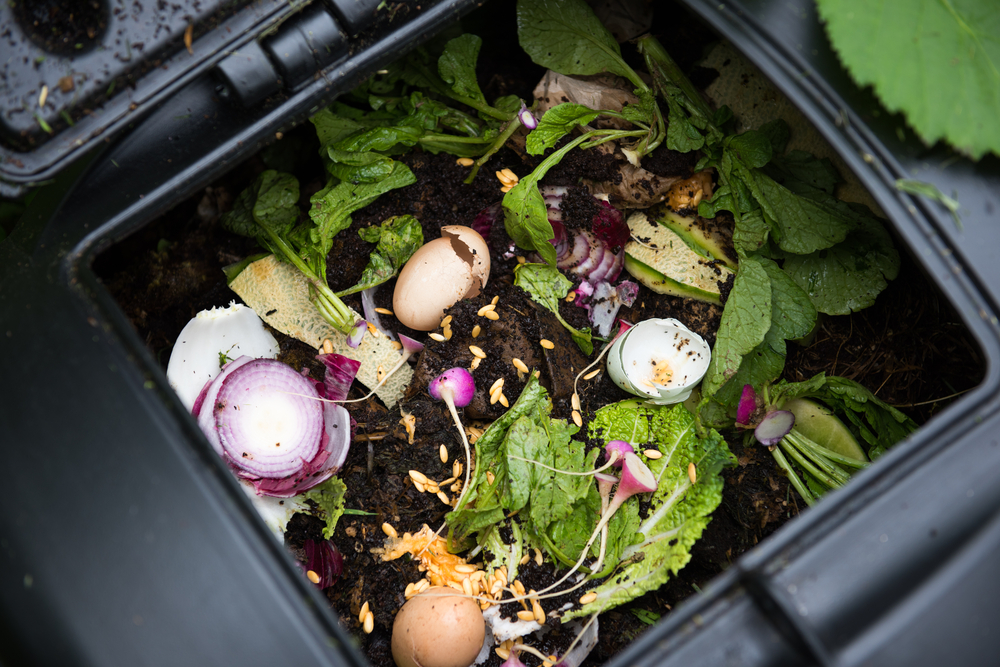
If it is broke, don’t fix it
Plastic pots are durable and very unlikely to break even in the worst weather; the same can’t always be said for the more brittle terracotta and ceramic pots, particularly when there’s a cold spell. But don’t just throw them away: even non-plastic items need a bit of thought.
Exquisite houses, the beauty of Nature, and how to get the most from your life, straight to your inbox.
If they do break, you can place the shards in larger pots to aid drainage and protect the soil from unwelcome pests. And if you have broken bits that aren’t sharp, you can stick them in the ground and write on them to create handy plant labels.
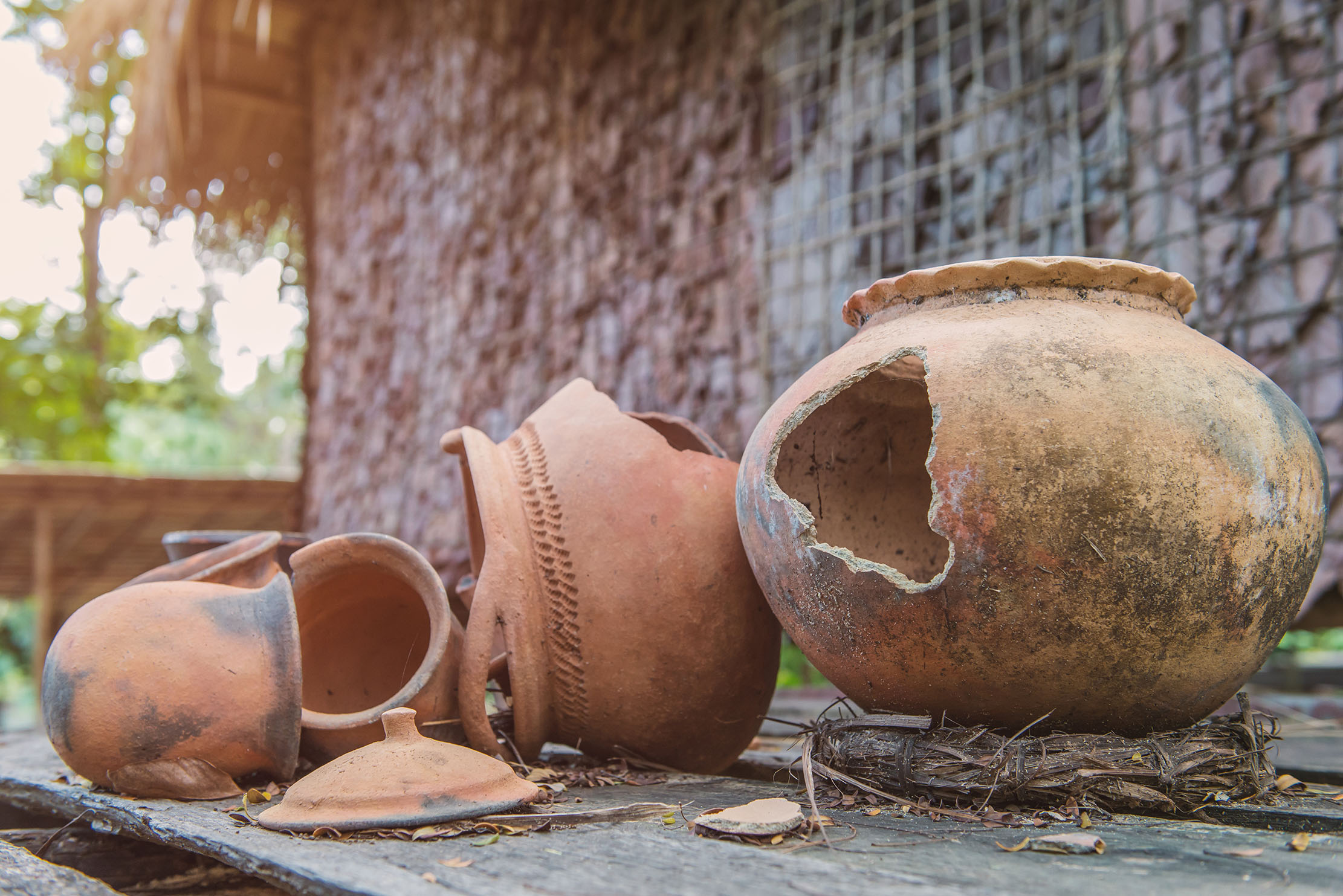
Pick your tools wisely
Plastic tools might seem cheap and cheerful, but a good metal equipment can last a lifetime. So when it comes to gardening tools, it’s important to think about durability and comfort – they’re much better value over a lifetime, and nicer to use as well.
The only caveat is that metal can rust, so a little TLC is needed at the end of each season to keep them in tip-top condition. Clean each tool with a rag or brush, using warm soapy water, then when dry spray with WD-40 or rub down with mineral oil. Store hanging on hooks (away from the damp floor) in a dry airy location for the winter.
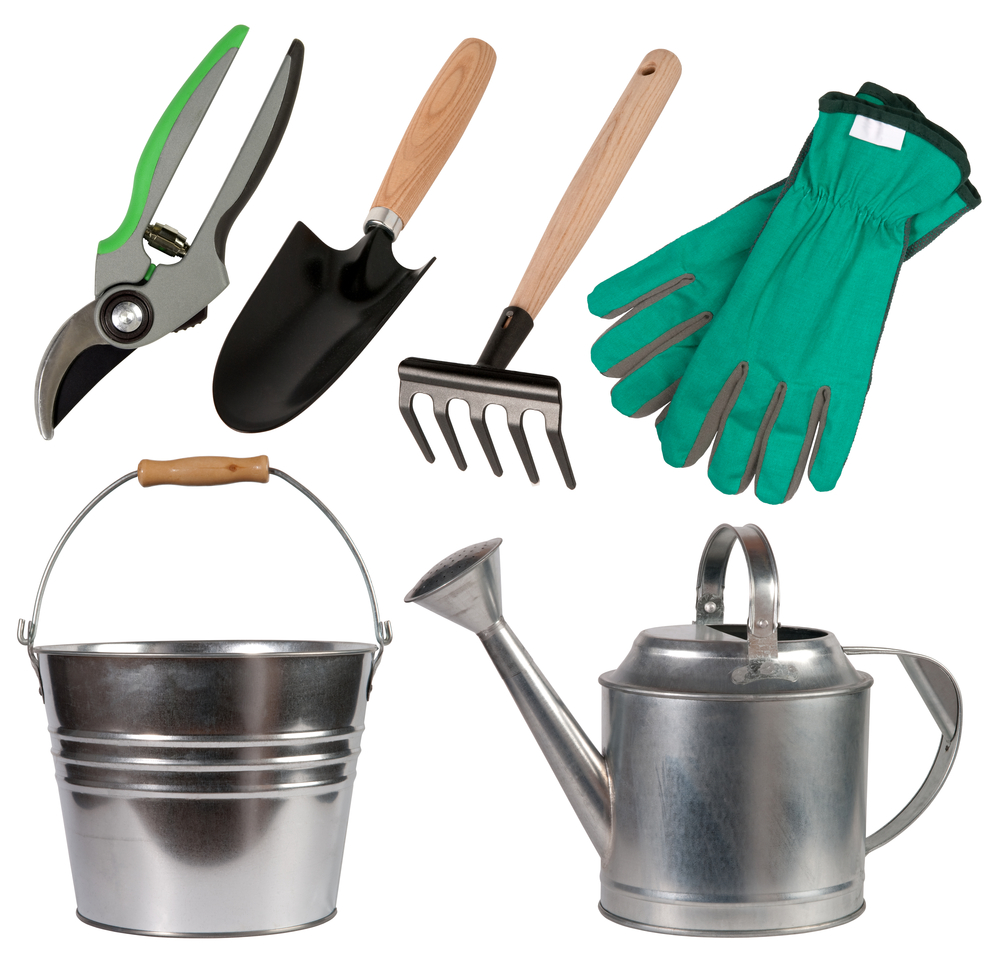
Don’t throw away what you already have
Being conscious of the environment or the use of plastics isn’t about chucking out the old stuff and buying new eco-friendly alternatives. If you’ve accumulated lots of plastic-based tools and equipment, don’t fret: keep using and re-using what you already have until the end of its life, and share anything you don’t need with friends, family and even local community allotments. And as well as passing on your old bits and pieces, you might also pass on your environmentally-friendly habits.
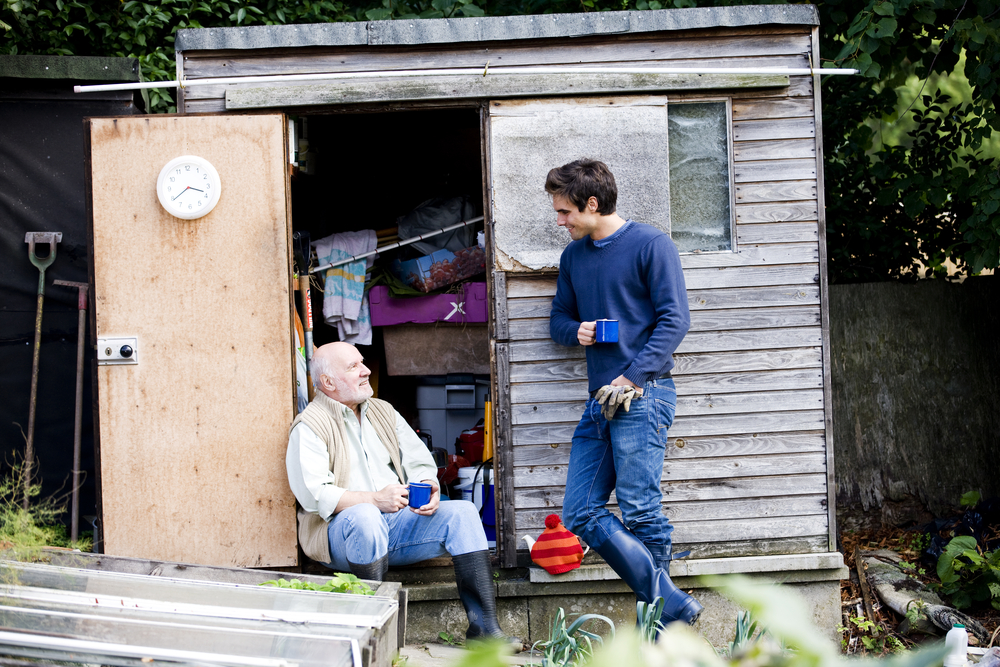
Toby Keel is Country Life's Digital Director, and has been running the website and social media channels since 2016. A former sports journalist, he writes about property, cars, lifestyle, travel, nature.

